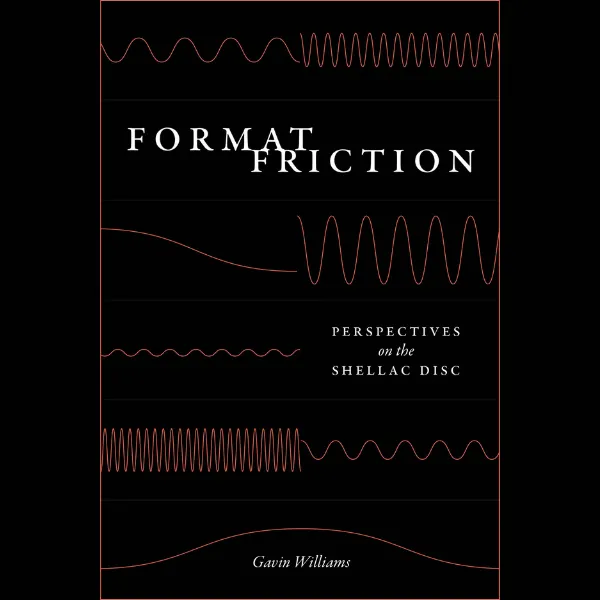Format Friction, a new book by Dr Gavin Williams, is the first to consider the shellac disc as a global musical format, and sheds light on its origins.
The shellac disc is a flat disc with a spiral groove used for music reproduction throughout the 20th century. It is made of shellac, a natural resin produced by the female lac insect native to the forests of India, mainly in Jharkhand and Bihar. The disc gained popularity with the rise of the gramophone around 1900 and became the dominant sound format in the first half of the twentieth century.

Beyond specialist circles and some rural communities, little is known about the South Asian origins of the shellac disc.
'Up to 40 per cent of global shellac production went into the music record industry at its peak in the 1930s, so it's curious that its origins in insects, and the people who cultivated them, has become a kind of secret. My book looks into the reciprocal influence between the music industry and the forms of knowledge, scientific and indigenous, environmental and economic, that enabled it to grow,' says Dr Gavin Williams.
In Format Friction, Dr Williams also explores the economic model behind the shellac disc, and how it made listening to music more accessible across diasporas and working-class cultures.

'I wanted to offer an alternative to histories of sound technology that tell us how the recording industry changed everything, as if there were a clear before and after in the history of listening, marked by the invention of the gramophone in 1878. What matters is how people used them, and to what ends', Williams says.
'Discs were one medium of celebrity'
Dr Williams highlights the story of Enrico Caruso, the Neapolitan tenor who became the world's first major gramophone star. Caruso was quick to realise the power of making records. For his fans, shellac disks were objects of prestige and allowed them to enjoy physical contact with the opera star.
I look at the full range of Caruso's attempts to speak to his fans, long before Taylor Swift's careful courting of Swifties. Discs were one medium of celebrity alongside hand-drawn sketches, medallions and statuettes of himself, and even a film about a long-lost cousin trying to track him down in New York's Little Italy. Touch and contact were just as important as hearing in early disc cultures.
Dr Gavin Williams, Lecturer in Music
By looking into the many ways in which shellac discs were made and used, Format Friction uncovers the mysteries of everyday engagements with media culture in different places, including interwar South Wales, postwar France, British Malaya and postcolonial Singapore.
For Williams, recorded sound is friction - the friction of needle against shellac surface, but also among the various imperial, capitalist, and politically subversive agendas that attach to specific recordings. With its unique blend of dense historical narrative and courageous assessment of the power dynamics behind those histories, Format Friction provides an inspiring new model for thinking about the interactions between music technologies and musical experience.
Mary Ann Smart, University of California, Berkeley
Dr Gavin Williams is a Lecturer in Music at King's College London. He has joined King's in 2022, having previously held teaching and research posts at Cambridge, UC Berkeley and Cardiff. His research focuses on the politics of sound and listening. He has published essays on Italian and British music, including the history of sound art, and worked on listening in wartime and sound reproduction technology.







